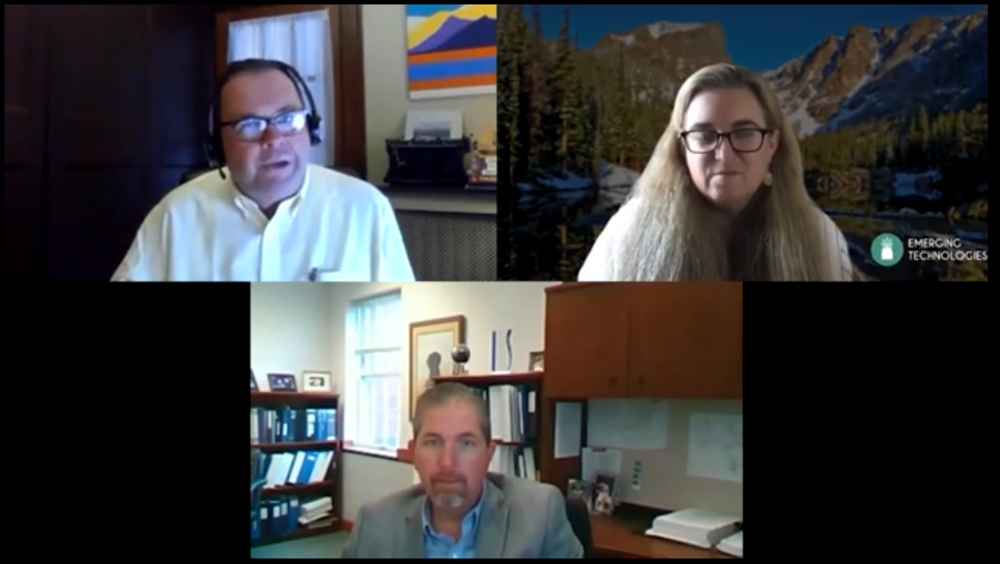Coronavirus Pandemic Prompted Cities to Rethink and Accelerate Broadband Strategies
October 27, 2020 — The COVID-19 pandemic is disrupting local government operations, requiring many cities to revisit their digital governance strategies. Cities across the country are in the process of revisiting their digital approaches to center the emerging needs of constituents, with many bring










Member discussion